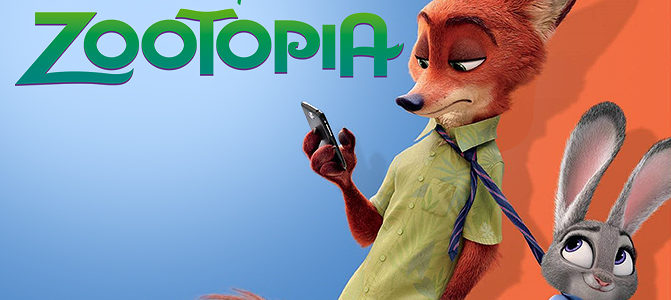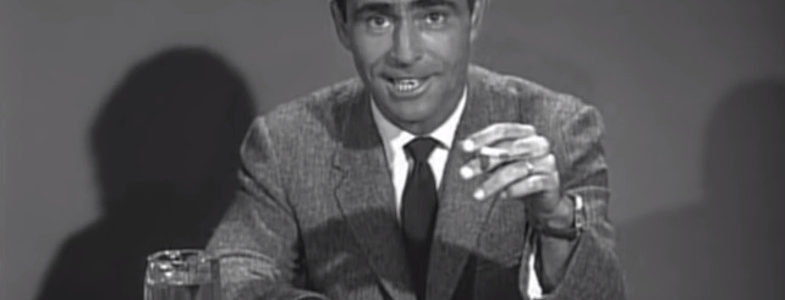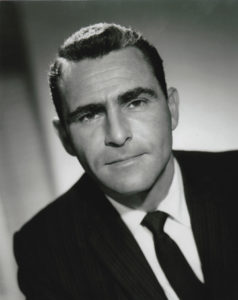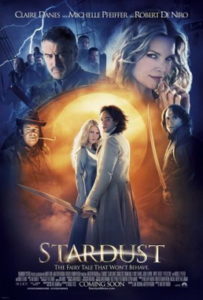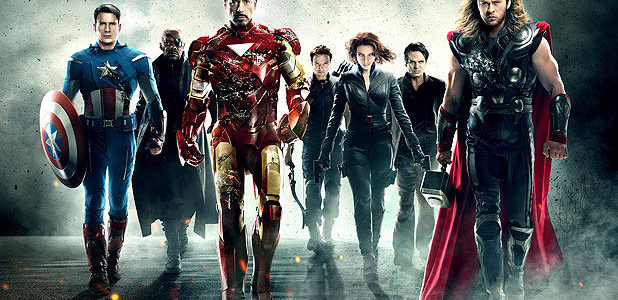A Guest Post by Peter Clampton
As an avid movie goer, I have found myself over the years experiencing a stark range of emotions as I sit down in front of the large silver screen. With the wide array of movies now, you know there are going to be ones you like, others you dislike. Some are complete and utter crapshoots, which most of the time don’t land on 7. However for the first time since I’ve gone to a movie I have to say I was completely and utterly left without words to describe my surprise. When I walked into Zootopia I was expecting another forced “Kid’s movie” with clichés, and silly forced humor. Instead I found the best movie I’ve seen in a long time.
This movie, simply put, is beyond good. If you haven’t watched this movie, stop reading this article, it will spoil the movie, and go buy a ticket to see it today!
For those who have already seen it, stick around because I’m going to talk about one aspect of Zootopia’s excellence that I noticed right away that has separated it from other films. Its story plotting.
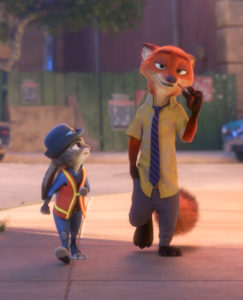
Now as writers we know effective scene writing comes in how every scene builds and adds to your story, especially in movies where you have only so much screen time to work with. A scene that pushes the plot while illuminating character, themes and world building will always be preferable over something that just looks cool, but does nothing to add to the overall story movement. It is in this aspect, Zootopia is flawless.
In the beginning we are introduced to Zootopia’s main star, Judy Hops. A determined and stubborn rabbit who dreams of becoming ZPD’s (Zootoopia Police Department), very first bunny cop. The greatness of this scene is not only does it work to endear us to Judy, but it also serves up powerful priming for the stories themes of predator vs. prey. We are shown the first conflict to Judy’s police dreams and see that the odds are stacked against her, and so are her parents. However within the first 7 minutes of the movie we know her motivations and witness that she is capable of reaching her goal when she steals back the carnival tickets. We are also sold on Judy character because “she doesn’t know when to quit.”
Now of course we already know the answer, but it is this presentation of the conflict, with the character arc as well as the theme in the movie that this opening is only the first of many well-conceived scenes throughout the movie. Even the fact it was a school play makes a pseudo effective way of getting around the usually weak voice over narrative trope, (Which is a big break on SHOW vs. Tell), but this movie gets away because the theme is demonstrated again and again, in EVERY SCENE throughout the movie.
From even as simple a scene as when Judy enters the city by train and the song “Try Everything” is playing, Zootopia is already priming the setting for pivotal scenes to occur throughout the movie. As introducing the minor character of Gazzelle and the world of Zootopia, with its diversity.
This diversity then illuminates another theme of “the small town kid enters big city” as Judy goes on to learn that Zootopia is far from a Utopia, and that even though she accomplished her goal there is a lot more she has to prove. I want to note that only one scene, the train scene, has transpired before the plot and conflict is again evolved and presented. From her defunct cramped apartment to her lowly assignment as a meter maid, we now see that Judy has to reconcile with her crumbling expectations of Zootopia, and her dreams to be a “real cop.” Not only do these scenes work to build up to the main story conflict within the movie, but in one seriously slick scene we are introduced to Zootopia’s other star, Nick Wilde the fox, who cons a popsicle out of Judy and some elephants. This is an article about plotting but I just want to mention offhandedly how choosing a fox to star along a rabbit builds wonderfully into the themes of tolerance and diversity. Two natural enemies who have to work together and in the end become friends…way to hit it on the head Disney.
Anyway back to plotting. For the final scene of the first act before the main conflict of the movie, we get a chase scene where Judy chases down a thieving weasel.
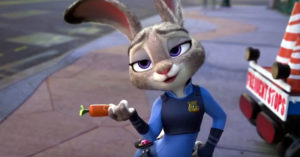 Judy is banging her head while hating life because she is a simple meter maid, and doubts if she is even a “real cop.” Then the opportunity comes where she must chase down the weasel through the mouse district of Zootopia. During the chase she is shown righting the wrongs by correcting toppled houses and saving a small vole from being crushed by a giant donut. Judy eventually catches the weasel, using the giant donut and confiscates his bag of “onions.”
Judy is banging her head while hating life because she is a simple meter maid, and doubts if she is even a “real cop.” Then the opportunity comes where she must chase down the weasel through the mouse district of Zootopia. During the chase she is shown righting the wrongs by correcting toppled houses and saving a small vole from being crushed by a giant donut. Judy eventually catches the weasel, using the giant donut and confiscates his bag of “onions.”
Simple chase scene right? Wrong. This scene is another great example as everything from even the blocking of the action in the scene builds to add to the story world and plays into the plot while also being fun to watch.
Focusing on just pure plotting elements Judy’s little hoorah in “Little Rodentia” sets the stages for three major obstacles in the stories main plot. The first is when we meet the character “Mr. Big,” who we see is simple a tiny vole mob boss in the vein of “the Godfather,” who has no problem “icing” our stars.When all seems lost we learn that the vole that Judy saved earlier is indeed the Mob bosses beloved daughter, who vouched for Judy, and saved both Nick and Judy from a watery grave.
The second major plot point set up in this scene is the name and eventual identity of the “nighthowler” flowers which are causing the residents of Zootopia to go crazy. It’s subtle but when Judy is talking to Chief Bogo after the chase she drops the name “Midnicampum holicithias,” priming us to see and recognize this plant when we learn that rabbits and foxes call them by different names.
This also in-turn solves the last conflict of where Judy knows where and how to find the nighthowlers because she tracks down our weasel illegally bootlegging Disney movies solving the problem of finding the location of who exactly is using the flowers in the first place. Not bad for a single chase scene, huh?
Now it should be noted that this is Disney’s longest animated feature film to date with a run time twelve minutes shy of two hours. Easily exceeding traditional limits applied for family films, it is no easy task to tell a crime detective story in that time frame. So the fact they managed that, along with astounding characterizations, as well as the appeal to children boasts significantly to its writing chops.
Zootopia is an amazing movie from top to bottom, and though I don’t want to call it perfect, I’ve been hard pressed to figure out why not. With its presentation of plot, story and its amazing environment and characters Zootopia is a marvel of classic and modern day storytelling wrapped into one. Watch it at least twice, you won’t be sorry.
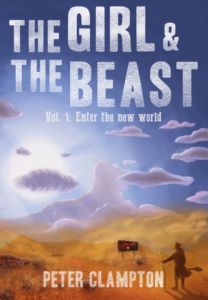 Peter Clampton is an author, a dreamer and most importantly a man with a vision. It’s a simple vision really. He is working to become a great story teller and hopes to share light through stories and enable others to do the same. He is Author of the Post-apocalyptic Western series “The Girl and The Beast,” which can be viewed, along with his other fiction on his website www.Peterclampton.com.
Peter Clampton is an author, a dreamer and most importantly a man with a vision. It’s a simple vision really. He is working to become a great story teller and hopes to share light through stories and enable others to do the same. He is Author of the Post-apocalyptic Western series “The Girl and The Beast,” which can be viewed, along with his other fiction on his website www.Peterclampton.com.
